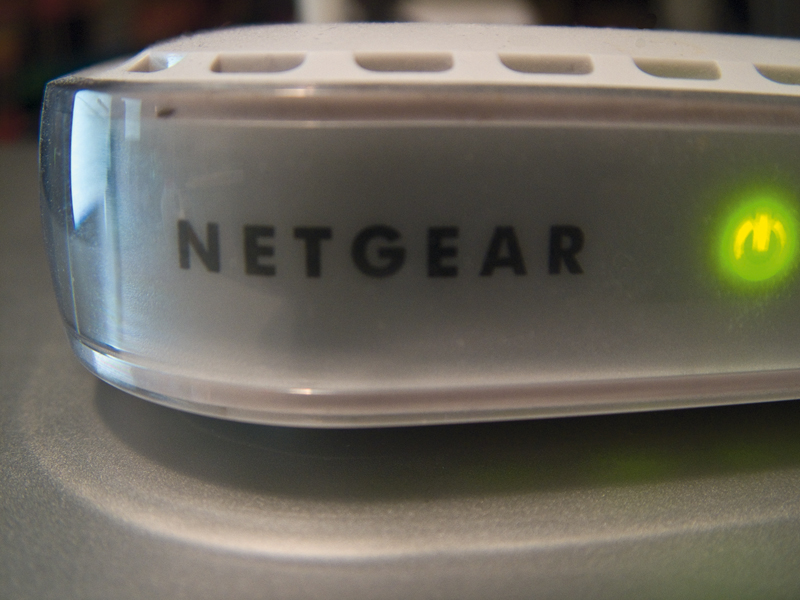24 quick and easy PC security tips
Keep your machine secure on Safer Internet Day

It might not seem like it, but PCs have never been so secure. While Windows XP was well known for its security issues, Microsoft has at least been sensible enough to sit up and listen to the wails of woe from users. Oddly enough, people don't like outside forces hacking in and gaining access to their bank details, email accounts and photos of Aunty Edna on holiday in Bognor Regis.
Despite the impending launch of Windows 7, Windows Vista remains the most secure version of Windows to date. While there are continuing security patches, they're at a low level. However, it's important you look after your PC's security – so here are 24 top tips to stay ahead of the game.
1. Make sure you go phishing
Be aware that the Phishing Filter is turned off by default – you'll need to enable it. Go to Tools > Phishing Filter > Turn On Automatic Website Checking. The filter combines local checks with a database comparison.
2. Delete your history
Go to Tools > Internet Options and click Delete in the Browser History section to remove your history, stored passwords, cookies and form data to prevent thieves snatching log-in details.
3. Keep changing your password
Don't use the same password for everything. Try to use combinations of letters and numbers that do not form words or guessable dates.
4. Quickly check a site for phishing scams
Hit Alt and O, followed by H then C to quickly check a website using Internet Explorer 7's phishing filter (if you prefer to leave automatic checking off).
5. Never reply to spam
You'll confirm that your email address is real for scammers. Avoid clicking on links contained within emails that purport to be from your credit card provider or online stores – this could be phishing material.
Get daily insight, inspiration and deals in your inbox
Sign up for breaking news, reviews, opinion, top tech deals, and more.
6. Secure your wireless network now
Your wireless network extends a lot further than you think – on to the street and into next door's home. Keep unwanted computers away by encrypting your network connection with a password through your router. Choose WPA-level security and also change the password used to access your router while you're at it. If you don't have WPA, WEP security will do.
7. Protect children with Parental controls
One of the big advantages of Windows Vista is that it comes with built-in Parental Controls (Start > Control Panel > User Accounts and Family Safety > Parental Controls), which help you to limit access and make the internet a safer place for your children to explore. You can use the standard settings to block them from visiting certain websites or using programs, or you can create a customised list that they can choose from.
8. Create a new account for your child
Launch Control Panel, click User Accounts and Family Safety, then click User Accounts. It's a good idea to have a separate account for each family member. Click Create a New Account and enter the user's name. Give that person a standard user account – unless you want them to have the power to uninstall software and change your Windows Vista settings, that is.
9. Add a password to a User Account
Click on the new account name and then click Create a Password. Now only the person you've assigned this account to will be able to access it.
10. Turn on the parental controls
Within the User Accounts, to see the parental controls for a particular account you must click on the account name. As you should see, the parental controls for an account are switched off by default. Switching them on is simple – just click on the On, Enforce Current Settings button under Parental Controls.
11. Monitor activity
An account with active parental controls will have its Reporting on. Whenever this user is logged in, it will record what programs they've used, what games they've played and whether they've tried to do things you've blocked them from doing. The Activity Reports are a little bit too severe to use on older children though. If you're at all worried about the young ones, however, they will give you a detailed report about everything they've been doing.
The TechRadar hive mind. The Megazord. The Voltron. When our powers combine, we become 'TECHRADAR TEAM'. You'll usually see this author name when the entire team has collaborated on a project or an article, whether that's a run-down ranking of our favorite Marvel films, or a round-up of all the coolest things we've collectively seen at annual tech shows like CES and MWC. We are one.